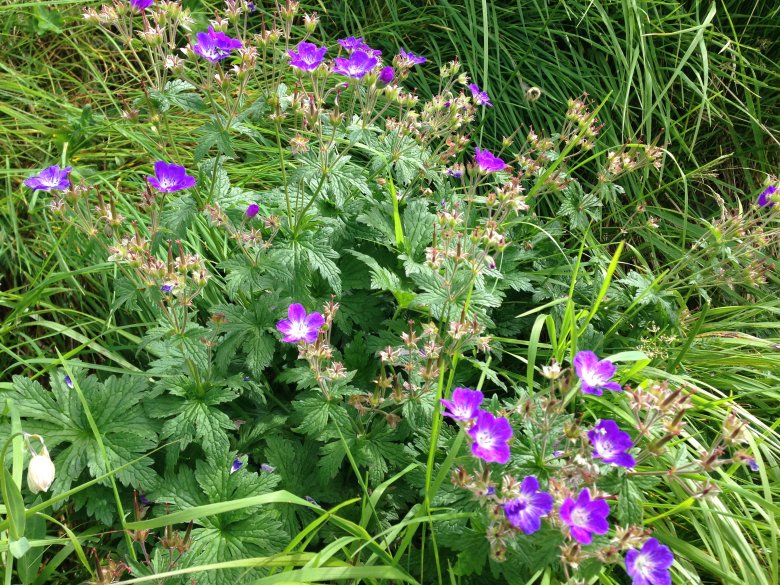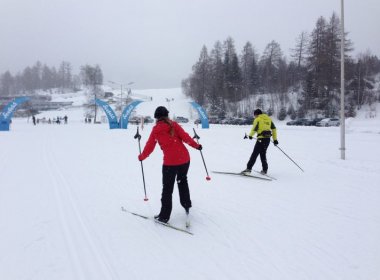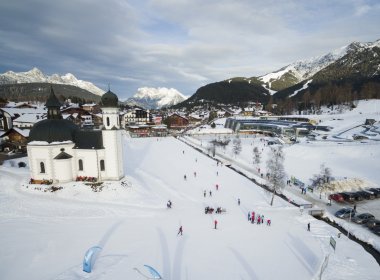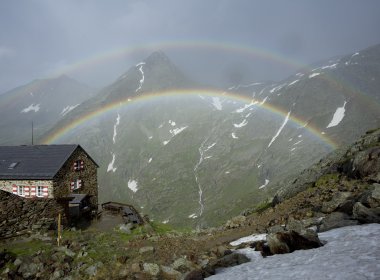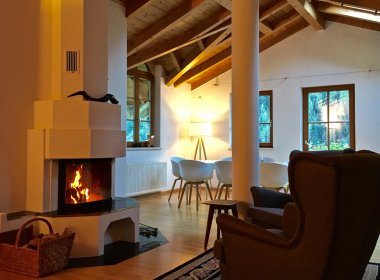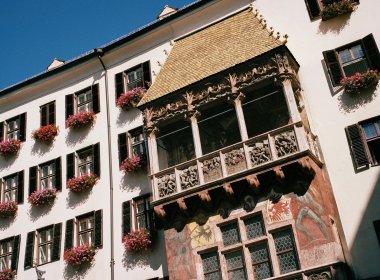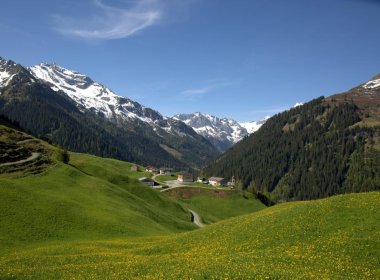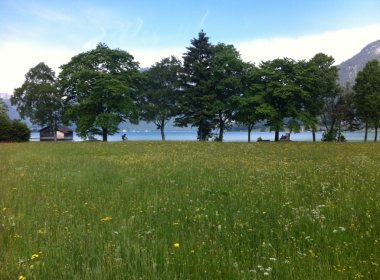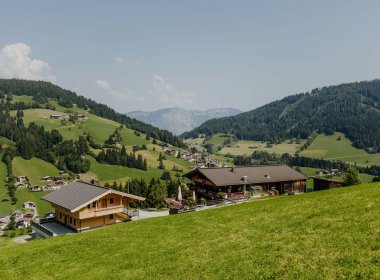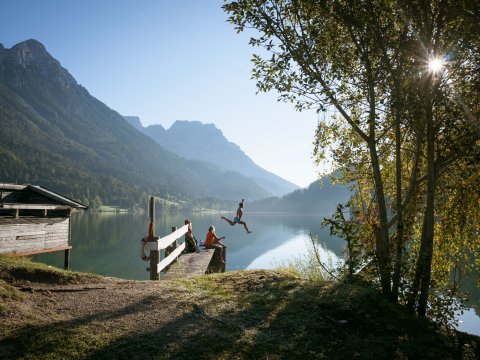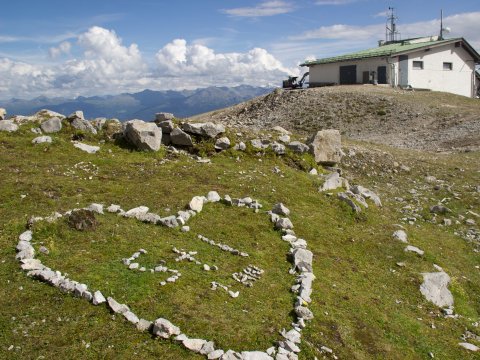Identifiying Alpine Wild Flowers in Tirol
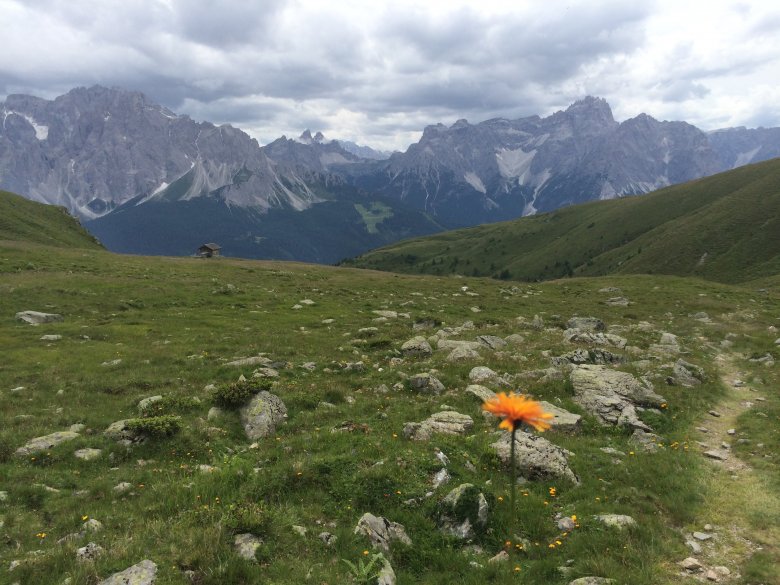
As you arrive in the Alps, the seemingly infinite array of peaks spread out before you will most likely grab your immediate attention. I’ve been playing the name-the-mountain game on hikes for many years, trying to identify as many of the surrounding summits as possible. However, that's sometimes been at the cost of the wonderful flora right at my feet. Bursts of colour from hundreds of wildflower species are one of Tirol’s simplest joys. For years I have wanted to identify at least the most commonly found alpine flowers of Tirol, but I have been postponing it from hiking season to hiking season. This year, finally, I have created my very own Alpine Wildflower Guide. Most of the pictures were taken in East Tirol (Virgental Valley) and the Karwendel Mountains.
White Alpine Flowers
Edelweiss
Edelweiß is one of the most famous flowers native to the Alps and a firm favourite. It is generally found between 1,500 and 3,000 metres, but you will be lucky to see one. It prefers rocky terrain and is strictly protected under law.
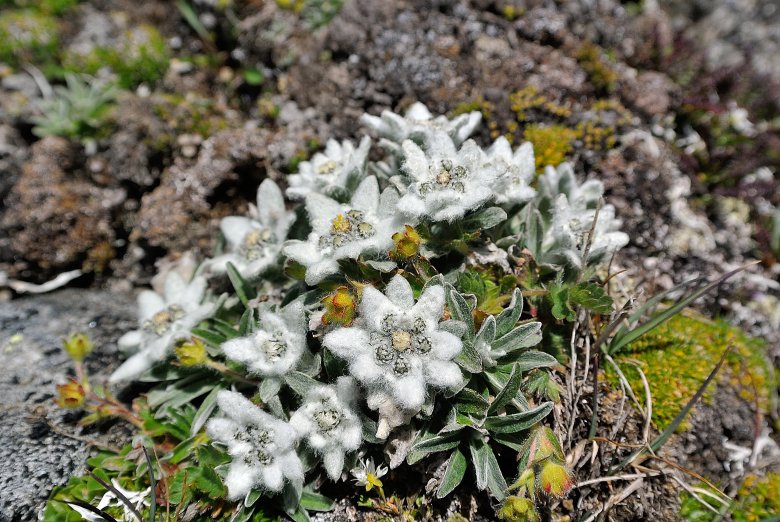
Bladder campion
A member of the clove family (also known as pigeon pea glueweed). Prefers barren sites and flowers from June to September.
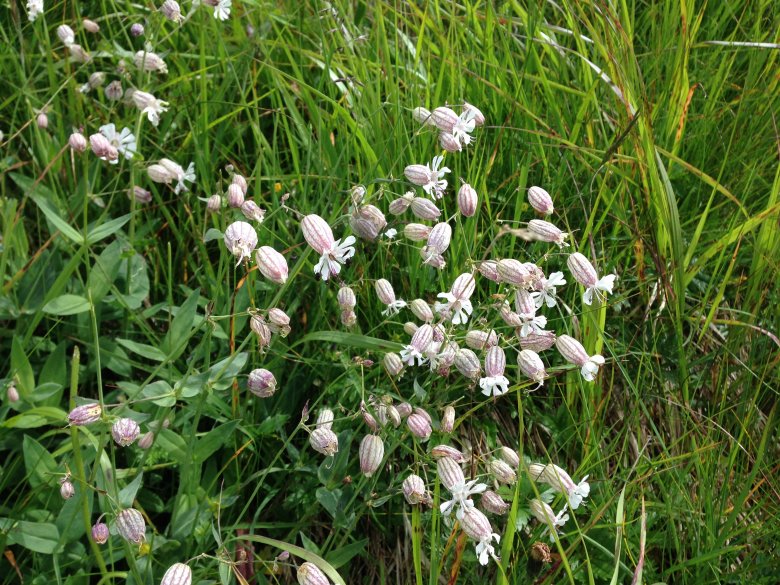
Dark columbine
A member of the Ranunculaceae family found around 2,000 metres above sea level.

Black yarrow
Diese Pflanze braucht kalkreiche Böden und ist meist auf mageren oder steinigen Flächen bis zu 2.400 Meter zu finden.
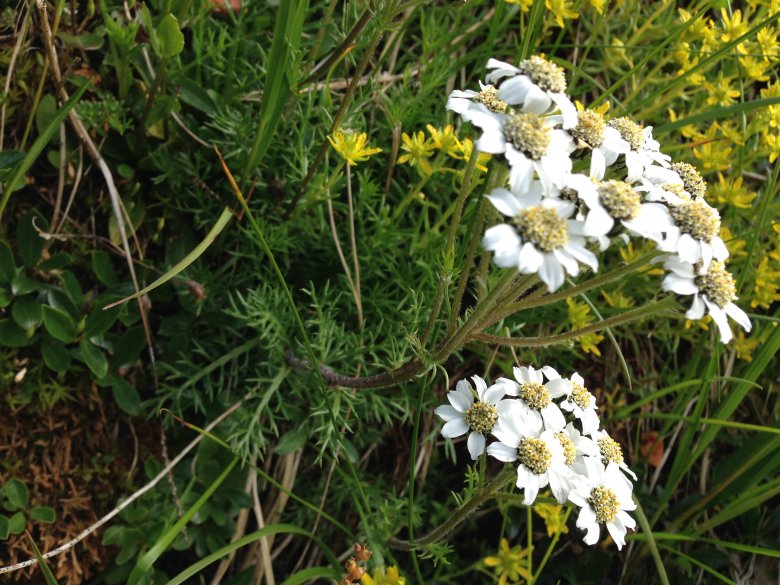
Red Alpine Flowers
Red vanilla orchid
A very rare plant from the orchid family. Grows on nutrient-poor/chalky soils at elevations above 1,500 metres

Blue Alpine Flowers
Blue monkshood
Often found in meadows – requires nutrient-rich soil and grows best at altitudes of around 2,300 metres above sea level.
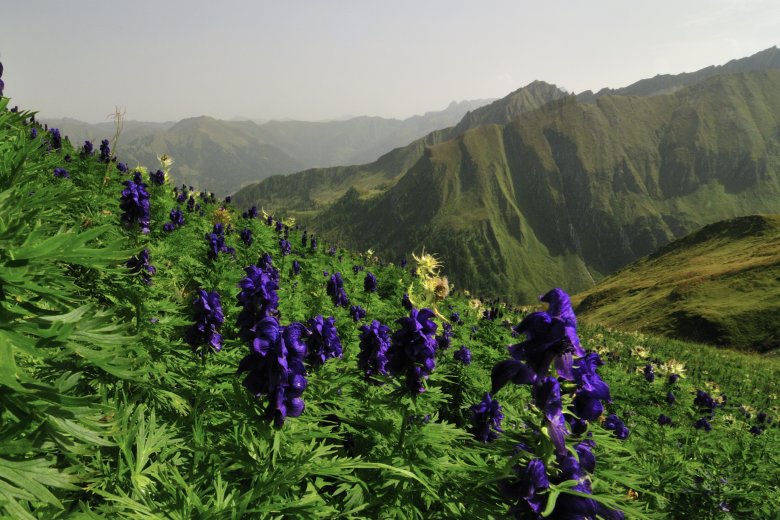
Trumpet gentian
For me, this is the classic among the many gentian forms which exist. Can be found in nutrient-poor meadows and on rocky terrain. Blooms until August.
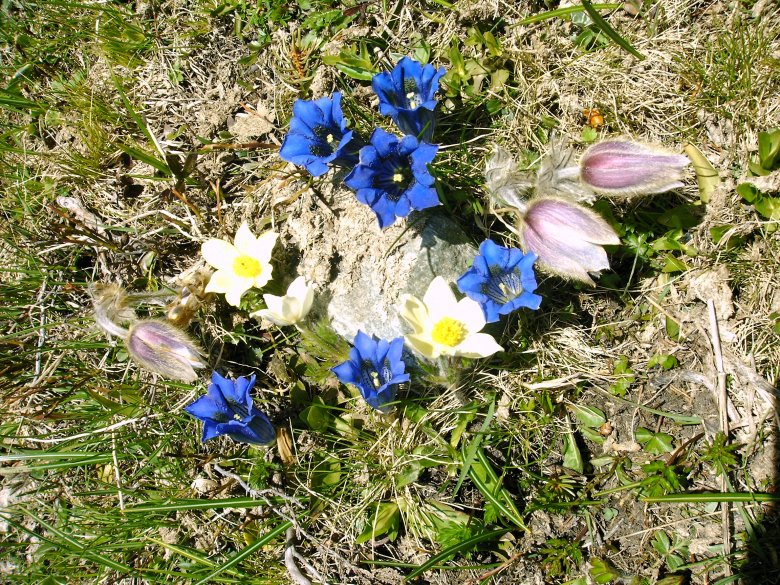
Bavarian gentian
This species of the gentian family has smaller flowers and does not have a rosette of leaves at the end of the flower stalk. Grows in wetland meadows and also on rocky, calcareous ground. Found between 1,500 and 2,500 metres.
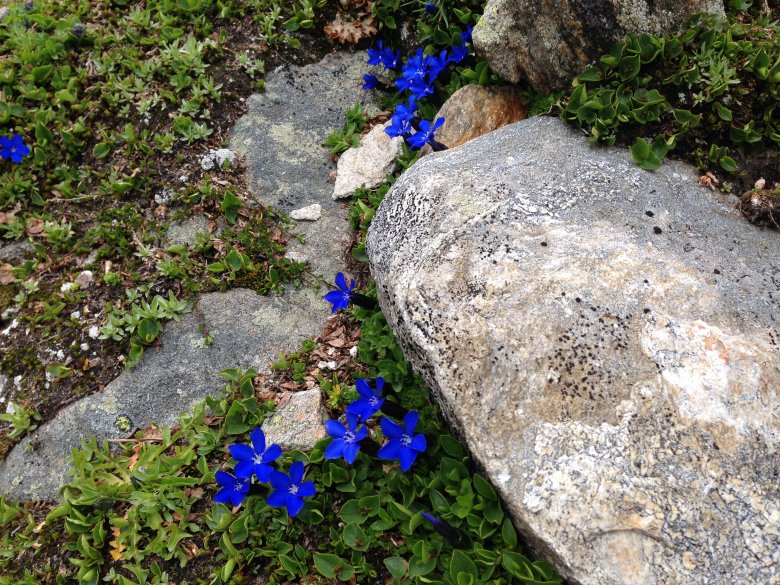
Yellow Alpine Flowers
Mountain arnica
A flowering plant of the asteraceae family. Has been used for centuries in herbal medicine. It is a protected plant in Austria.

Globeflower
Grows in wet meadows and on the banks of streams at up to 2,700 metres above sea level. Is a member of the Ranunculaceae family.

Golden hawk's beard
Grows in wetland meadows between 1,200 and 2,800 metres. Blooms through until September.
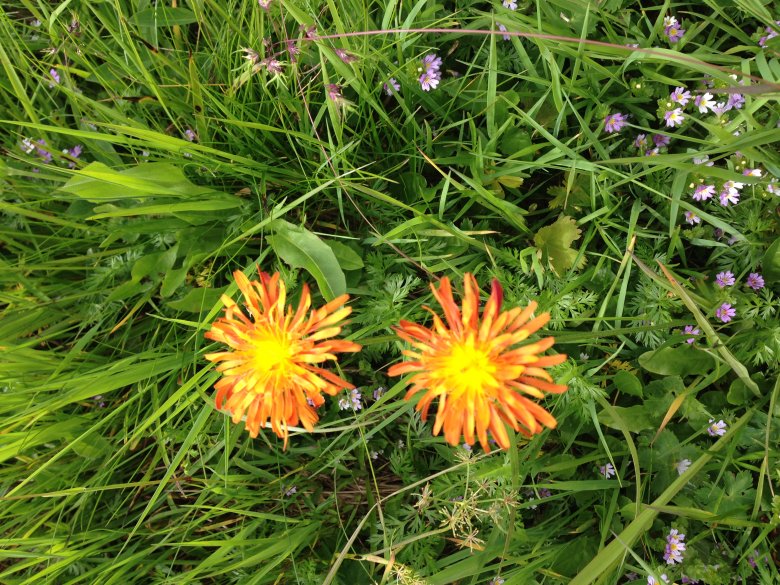
Yellow monkshood
Yellow monkshood belongs to the buttercup family and likes nutrient-rich soils, preferably near streams and rivers. Can be found up to 2,300 metres above sea level. Blue monkshood is also commonly found in the Alps.
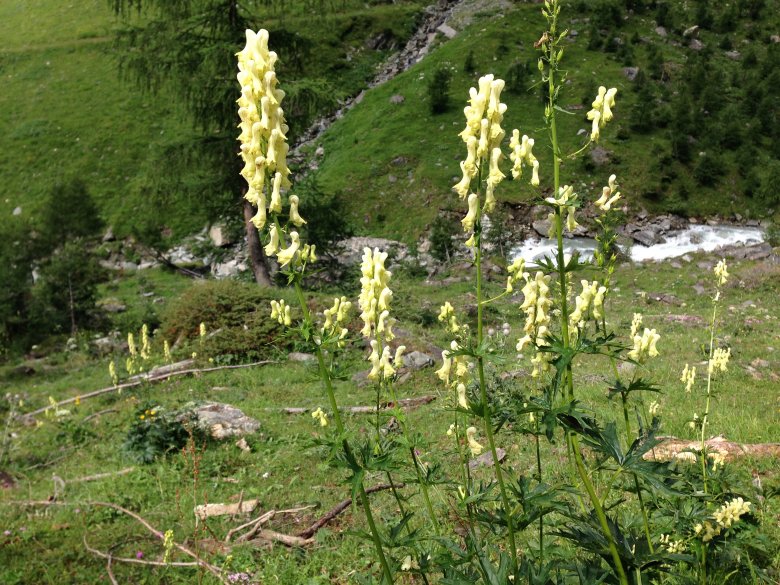
Pink Alpine Flowers
Pasque flower
This photo shows the flower just before blooming – a typical dry-land plant which is a member of the Ranunculaceae family.
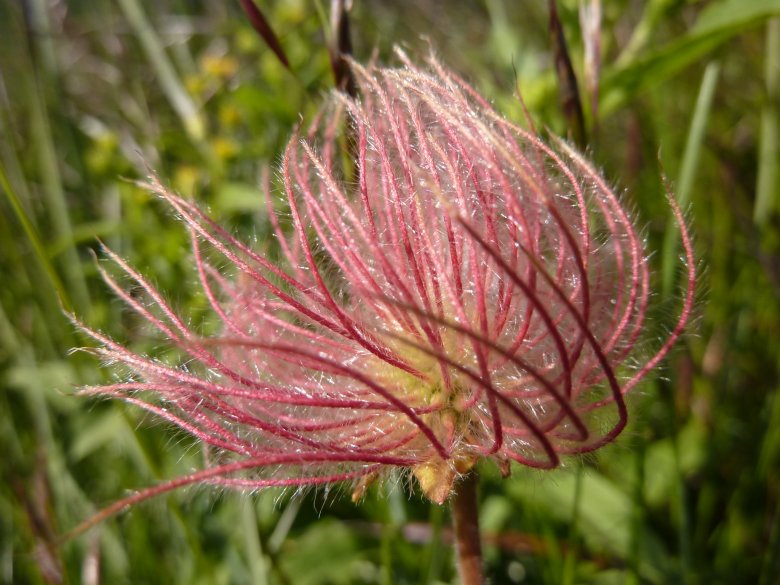
Bird vetch
Grows in meadows and on the edge of forests. Can grow up to two metres in height.
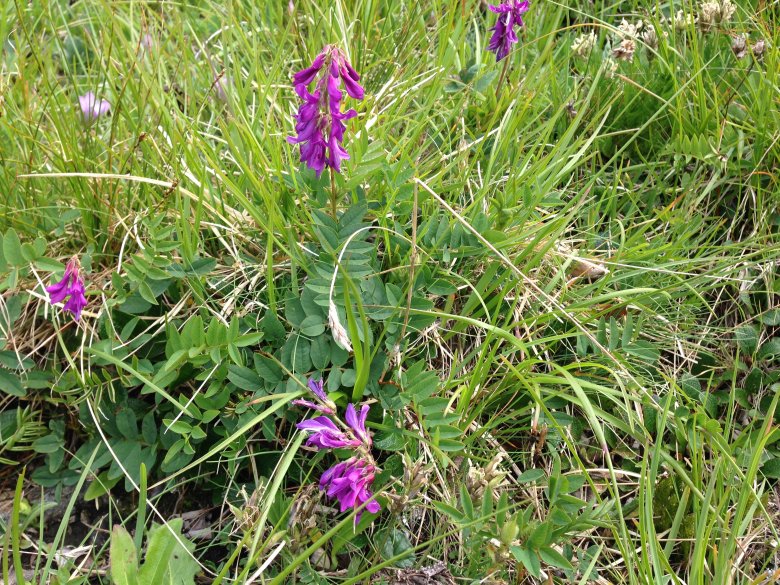
Adenostyles
Adenostyles is a member of the composite plants and has quite a lot of flowers. It is a very robust, undemanding plant that can be found at altitudes of up to 3,000 metres.
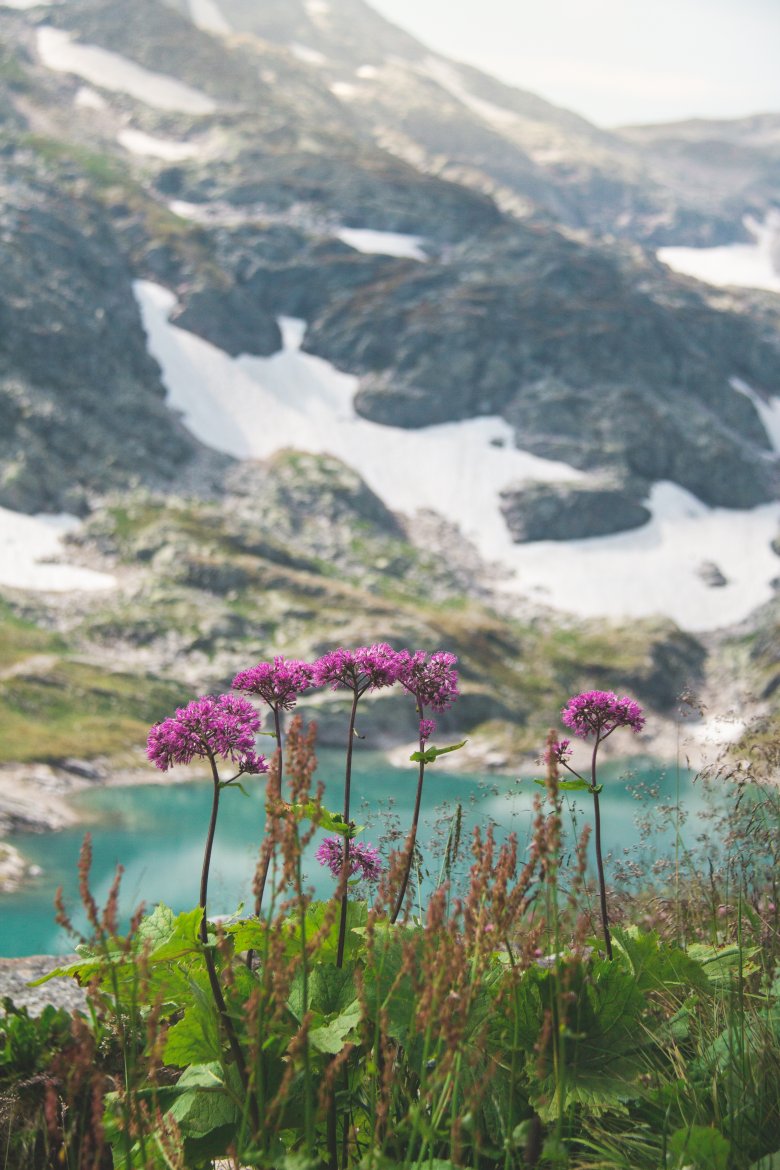
Turk's cap lily
A member of the lily family, this is a very tough plant which grows up to 150 centimetres high.
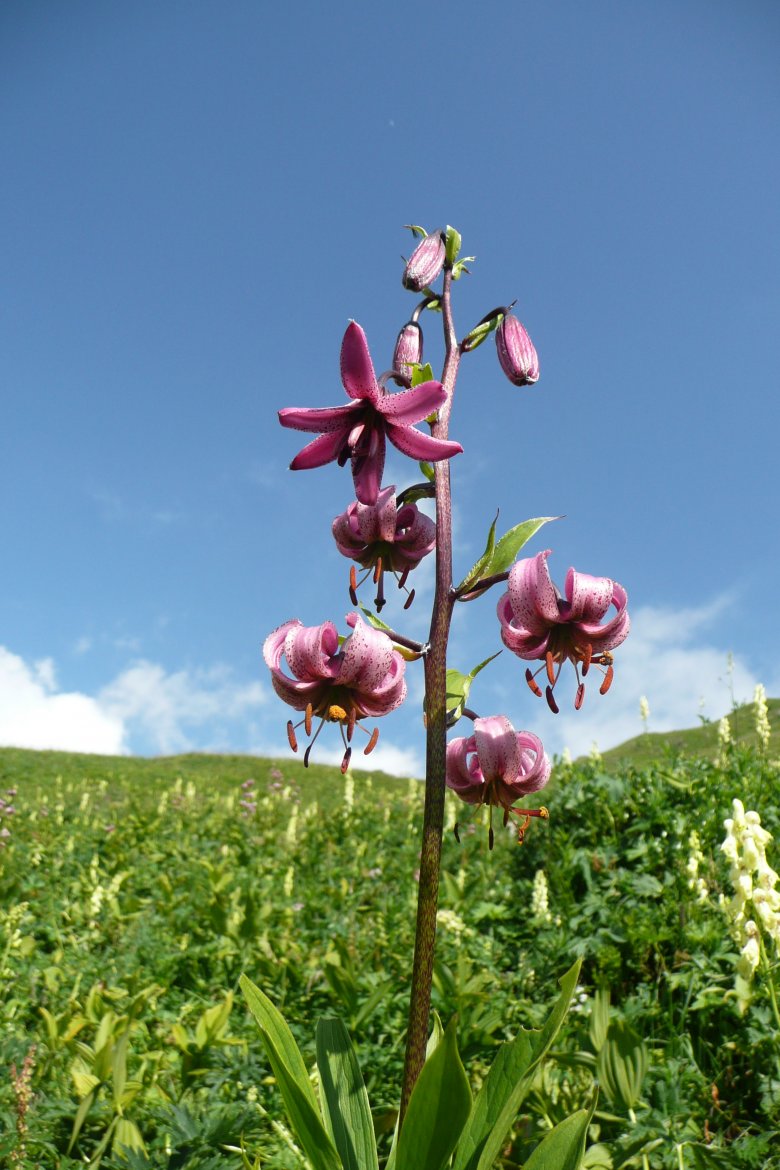
Purple Alpine Flowers
Bellflower
Common flower typically found between 1,500 and 2,800 metres. Blooms from July until August. Prefers acidic soil.
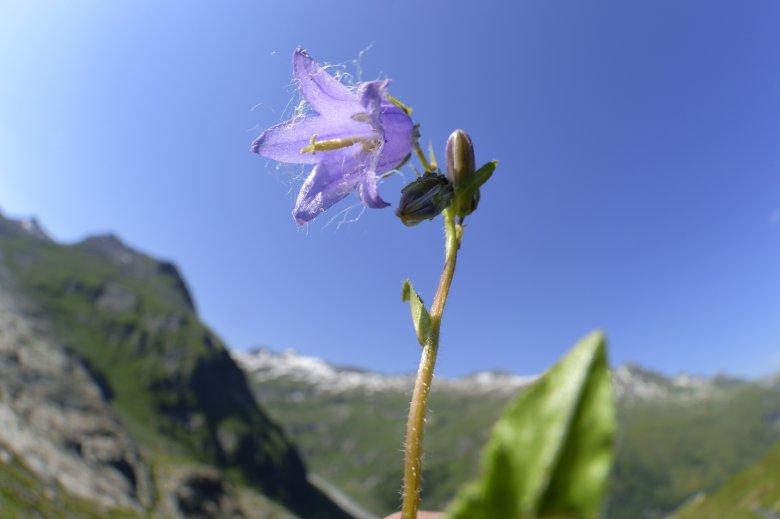
Rampion
One of my favourite plants. Is also known as "Rapunzel" and can be found in nutrient-poor meadows.
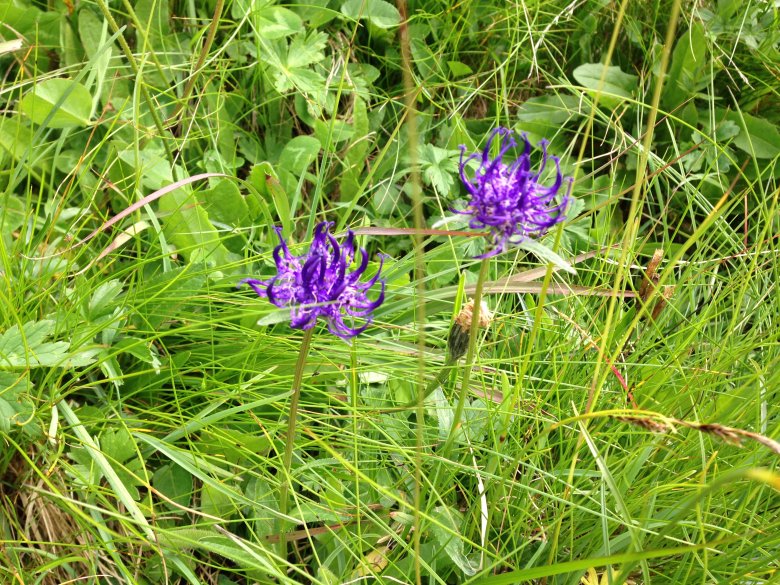
Primula
Generally found between 1,900 and 2,700 metres in wetland soils low in lime.
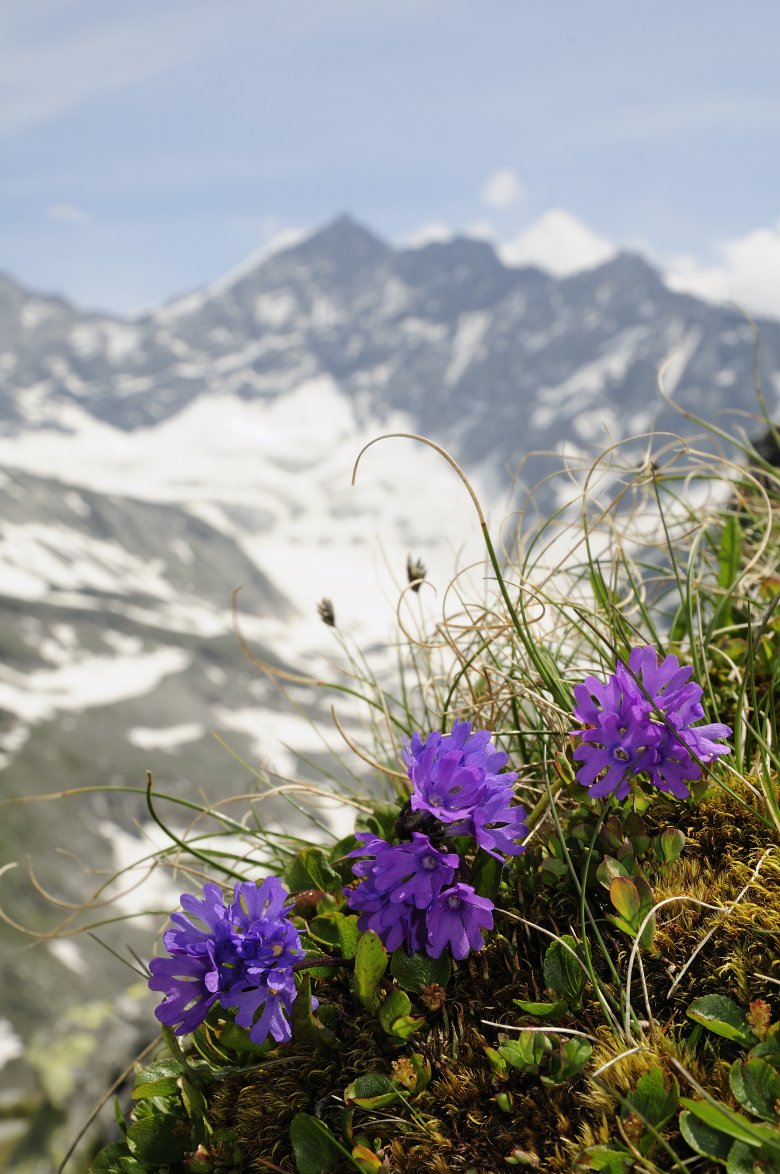
Broad-leaved marsh orchid
Gehört zur Familie der Orchideen und blüht im Juni und Juli bis zu einer Seehöhe von über 2.000 Meter.
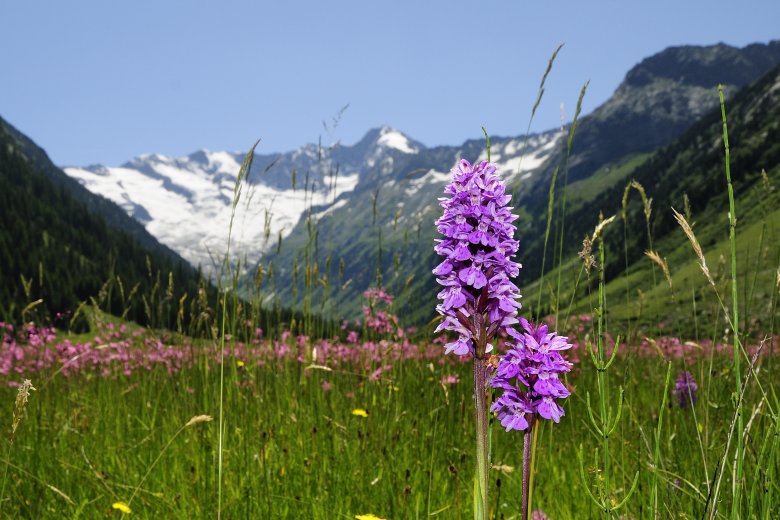
Yarrow
Auch sie gehört zu den Korbblütlern und bevorzugt trockene Standorte und Magerwiesen. Vorkommen bis 2.800 Meter, sehr beliebte Heilpflanze.
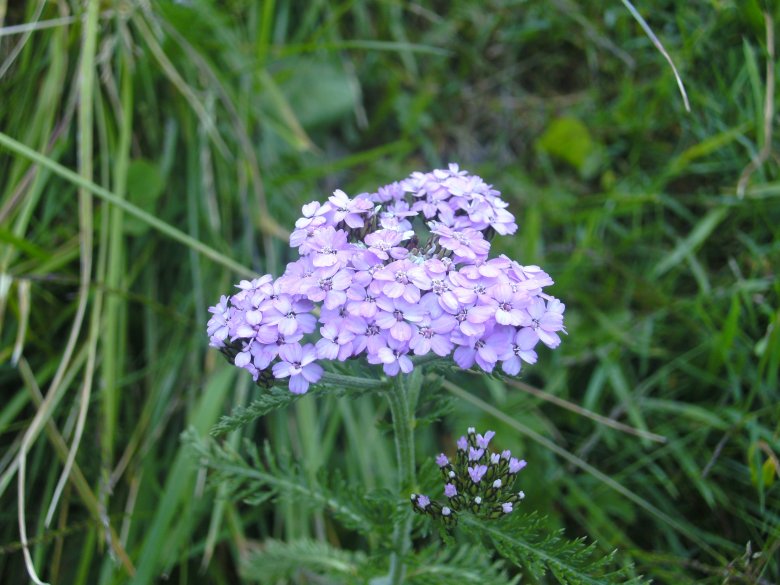
Gentian
Blooms from June until October. Can be found in pastures and mountain meadows at around 2,000 metres above sea level.
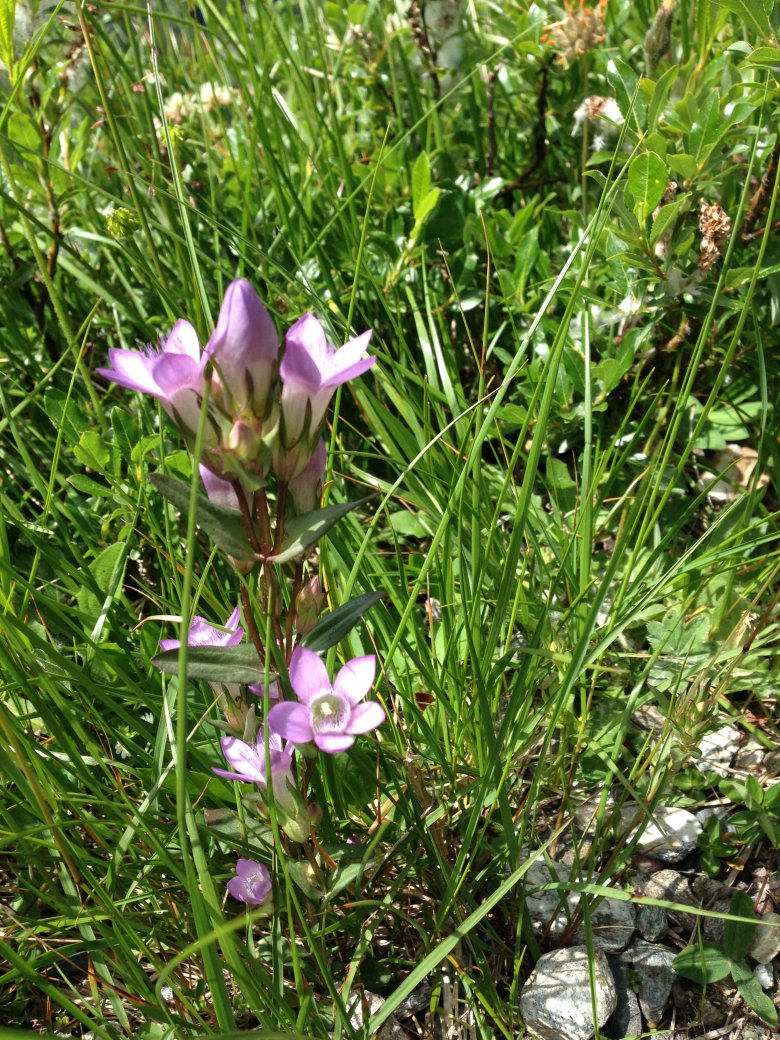
Eyebright
A member of the Scrophulariaceae family. Found in nutrient-poor ground between July and October.
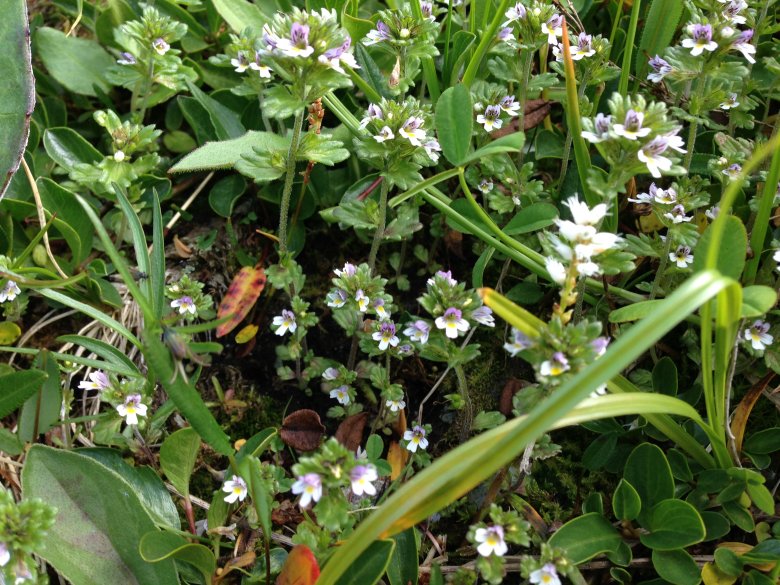
Wood cranesbill
A member of the Geraniaceae family. Has a long stem and can be found in alpine meadows up to 2,500 metres above sea level.
